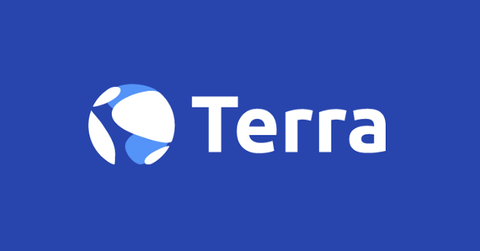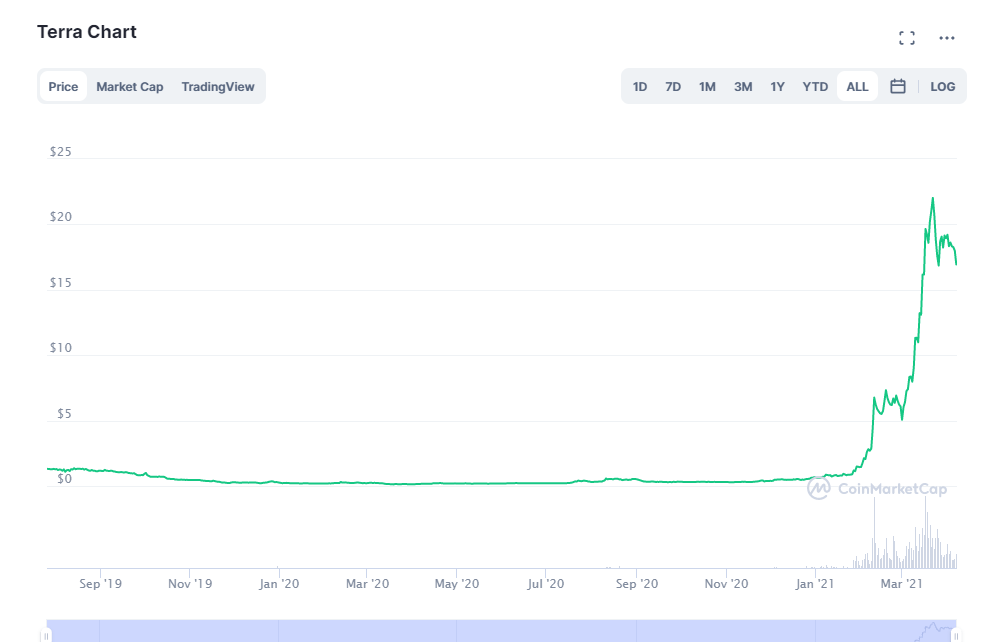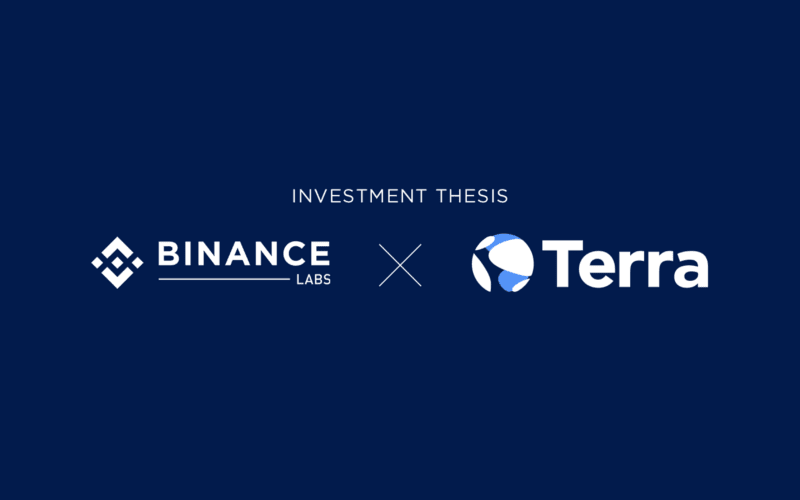Stablecoin Terra (LUNA)'s Market Cap Keeps Climbing — Will It Take You to the Moon?
Terra offers a number of fiat-pegged stablecoins for cryptocurrency investors while utilizing its native token, LUNA, as a way to offload volatility.
April 6 2021, Published 4:58 p.m. ET

One type of cryptocurrency that’s becoming quite popular right now are stablecoins, tokens that try to stay at a consistent price regardless of what’s going on in the market. Although cryptocurrency investing is steadily starting to become more mainstream, its inherent volatility has hindered wider adoption in day-to-day life. After all, few people want to be paid in a currency that could fall 10-30 percent in a day or two. That's where stablecoins come in.
There are a couple of ways stablecoins can keep their prices steady. One way is to peg a coin to a real-life asset, like gold or silver. Another approach is to modify the supply of these tokens. The more supply being issued, the more prices fall and vice-versa. Either can work, and both have their pros and cons. One stablecoin that takes the latter approach is Terra (LUNA). With Terra’s market cap skyrocketing to record highs, how much more can this cryptocurrency soar?

What is Terra and its token LUNA?
Terra is a blockchain platform that’s backed by its own signature token, LUNA. The idea is that the price of Terra stablecoins will automatically adjust as needed based on market demand. By keeping prices stable, Terra stablecoins could see wider adoption in more mainstream areas. Merchants and payment services could start using Terra as well. In some parts of the world, this has already started to happen. Terra has secured a partnership with CHIA, a South Korean payment gateway with more than 2 million users.
Unlike Terra’s stablecoins, LUNA operates on an entirely different principle. While prices for a USD Terra stablecoin will always hover around $1, LUNA tokens fluctuate in price as more people jump on the platform. Every Terra stablecoin can be exchanged for LUNA tokens and sold for a profit on exchanges. If prices for a USD stablecoin rises above $1, for example, investors can simply cash out their stablecoin for LUNA tokens and sell it for an immediate profit. This helps keep Terra tokens at a stable price by “offloading” their volatility onto LUNA. In exchange, owners of LUNA receive transaction fees on the network as a way to compensate for this increased volatility.

LUNA price prediction for 2021
Over the past couple of months, prices for LUNA tokens have been skyrocketing. Since launching in September 2019, LUNA tokens have hovered between $0.25 and $1 per token. As of April, prices have soared to $16.9, reaching an all-time high of $22 on March 21st.

Stablecoins have a lot of utility in the crypto marketplace. While Terra isn’t the only blockchain project that’s trying to create stablecoins, it has definitely become one of the leading players in the area. While short-term speculative excitement in LUNA has reached a feverish pitch, there’s still a long-term case for LUNA and Terra in the crypto ecosystem. Expect prices to continue to rise this year, possibly to $25 per LUNA token by the end of 2021.

Where to buy LUNA Tokens:
When it comes to altcoins like LUNA, the best place to purchase them is from Binance. However, if you live in the U.S., the U.S. Binance platform doesn’t offer nearly as large an altcoin selection as its primary platform. If you’re in that situation, there are other cryptocurrency exchanges that offer LUNA tokens as well, such as Bittrex and KuCoin.
